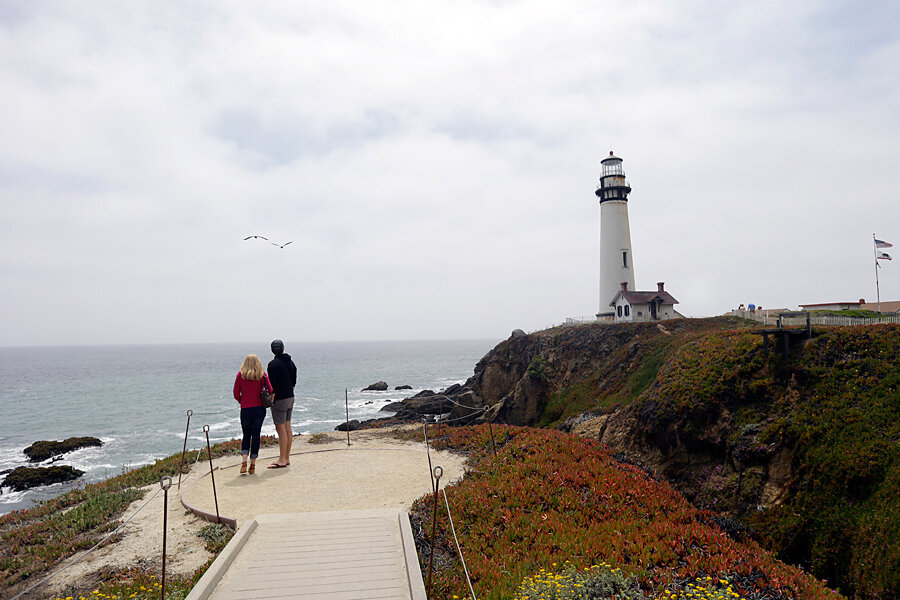El Niño occurs when easterly trade winds in the tropical Pacific relax – even reverse – to allow a vast pool of warm water piled up in the western tropical Pacific to move east until it reaches the west coast of Central and South America, leading to higher-than-normal sea-surface temperatures across the equatorial Pacific.
As the ocean releases its heat and moisture to the atmosphere, intense thunderstorms once cooped up over the western Pacific spread along the equator as well. The cumulative effect of this activity changes large-scale circulation patterns at higher latitudes, altering storm tracks that change the typical distribution of rain and snowfall, as well seasonal temperatures.
La Niña, El Niño's sibling, throws the process into reverse, bringing cooler-than-normal sea-surface temperatures to much of the tropical Pacific. They form a cycle known as the El Niño-Southern Oscillation, or ENSO. El Niños occur on average every four to seven years and can last up to two years.






